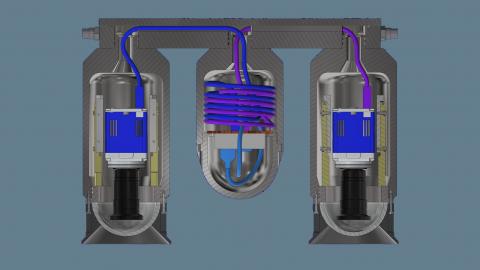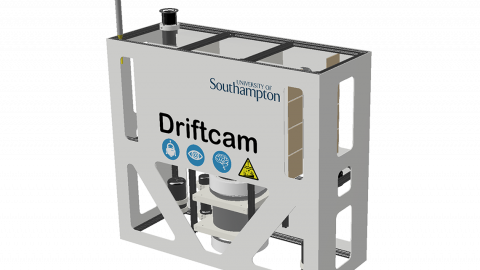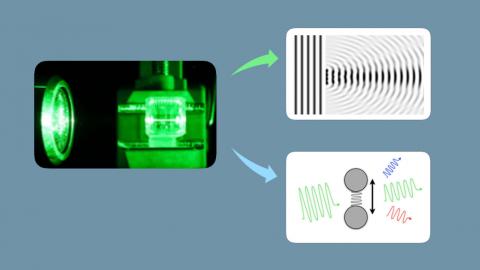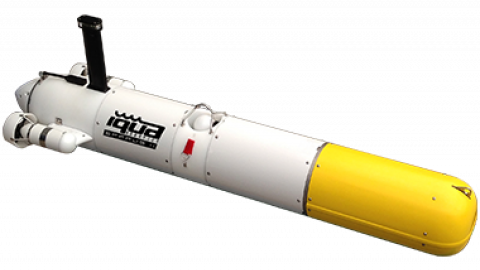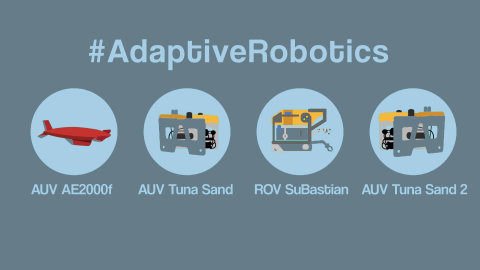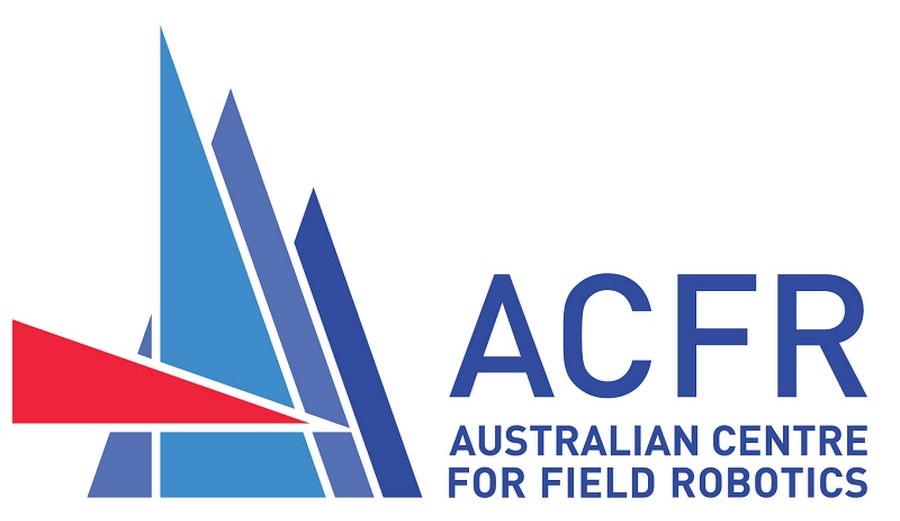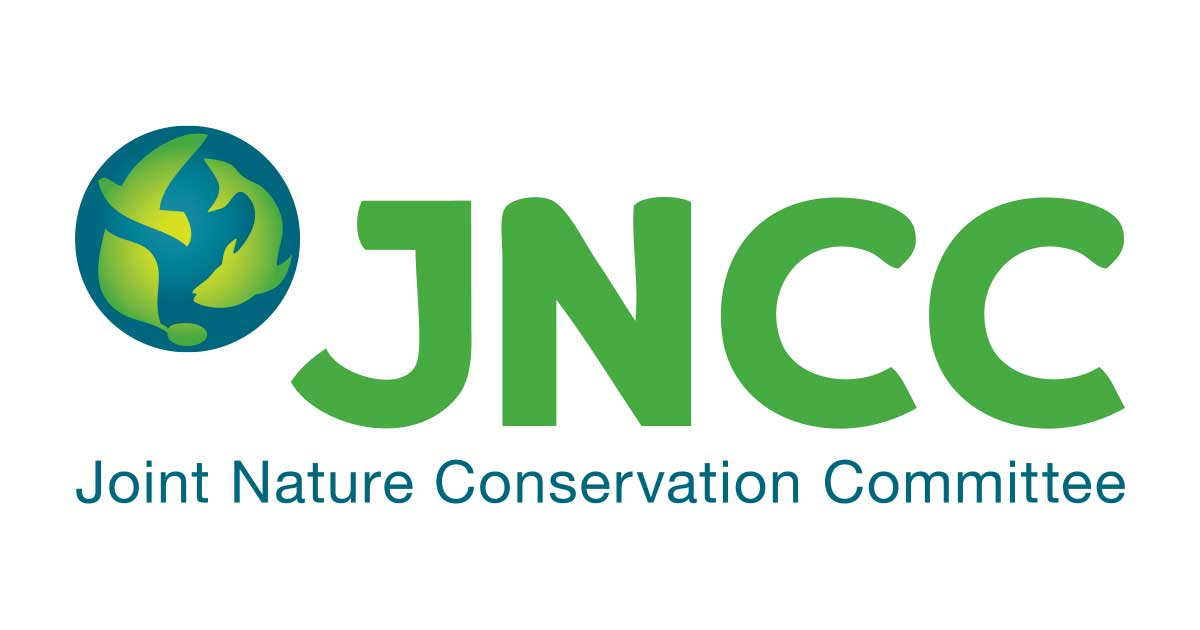
Underwater robotics
SMARTY200 being deployed for a seafloor survey. We work together with industry and local conservation groups to pioneer new applications that make use of autonomous survey and data processing methods.

Remote awareness
ALR and BioCam allows for ship-free (shore launched) seafloor mapping with proven over the horizon mission retasking and data quality control during a mission lasting more than 20 days covering more than 1000km without any surface support. A huge step change towards netZero and significantly cheaper seafloor monitoring.

Insight
A whale carcass, inadvertantly mapped using BioCam/Autosub6000 in the Darwin Mounds during a cold-water coral survey mission. The carcass measures 8m from the tip of its beak to the last visible vertebrate. For more information about the discovery, click here or go to our latest news.

High resolution 3D mapping
The BioCam 3D imaging system being recovered after its first 24h deployment with the NOC Autosub. The system is able to image the seafloor from 6-8m altitude, an has a resolution of 3mm. During its first deployment it successfully mapped 50 times the area of the Wembley football pitch.

Expeditions
Our group led the FK180731 Adaptive Robotics international research expedition on board the Schmidt Ocean Institutes Research Vessel Falkor. Check out the expeditions tab for the latest videos and mission timeline, and the

Underwater Robotics
We develop novel robotic platforms for more scalable marine survey operations. This ranges platforms designed to deliver complex capabilities such as landing and operating in built environments, to passive systems that simply drift along on underwater currents while imaging the seafloor.

In situ sensing
We develop novel optical and laser-based sensors, including laser-induced breakdown, laser Raman and radiation scintilation spectrometers. These are used to make in situ chemical measurements of desposits and particles in the ocean in mineral exploration and environmental monitoring applications.

Regional scale seafloor imaging
Autosub Long Range of the National Oceanography Centre, Southampton is a flight-style AUVs that will be instrumented with BioCam to demonstrated ultra-wide area seafloor mapping capabilities.

Seafloor visual mapping
AE2000f of the Institute of Industrial Science of the University of Tokyo is a highly maneuverable flight-style AUV for wide-area visual mapping of complex seafloor terrains.


